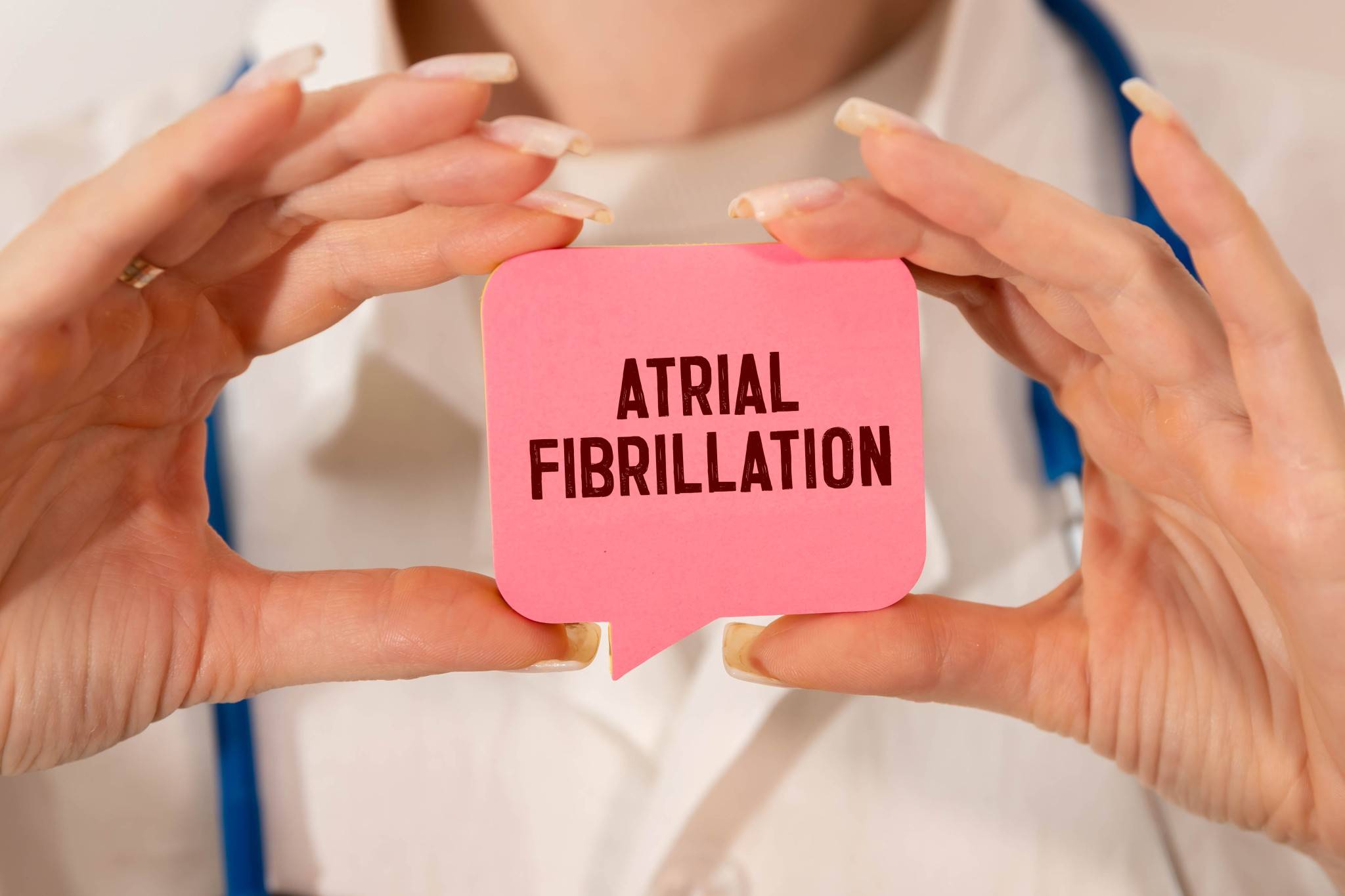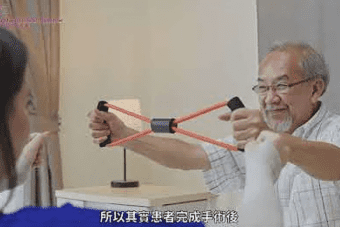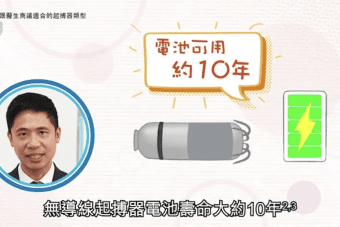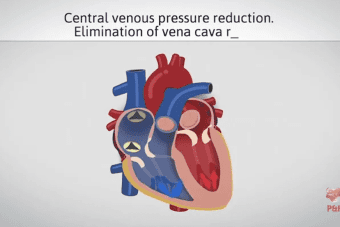In recent years, a new technique known as Pulsed Field Ablation (PFA) has been introduced in Hong Kong, providing a safer and more effective treatment option for patients with atrial fibrillation, thanks to its high precision, good safety profile, and shorter procedure time.
Atrial fibrillation has long been a troubling arrhythmia, with patients primarily concerned about the risk of stroke. Traditional ablation procedures are often lengthy and carry a higher risk of complications. The advent of Pulsed Field Ablation (PFA) presents a promising alternative, offering increased accuracy, enhanced safety, and reduced duration of the procedure, thereby benefiting patients suffering from atrial fibrillation.

What are ablation and pulsed field ablation (PFA)?
Ablation is a common surgical procedure used to treat atrial fibrillation. It eliminates the cells within the heart that are responsible for abnormal heart rhythms through various methods, such as thermal energy, cryotherapy, or electrical energy, thereby restoring a normal heartbeat rhythm. Pulsed field ablation (PFA), on the other hand, is an emerging ablation technique. Unlike traditional thermal or cryoablation, pulsed field ablation employs a high-voltage electric field to generate powerful energy in an extremely short duration, directly penetrating the cell membrane and inducing cell death.
























